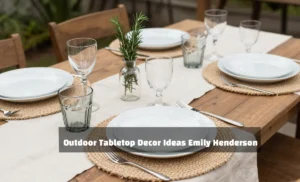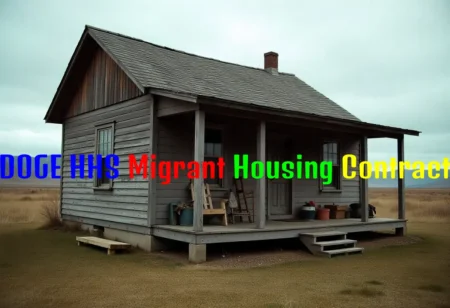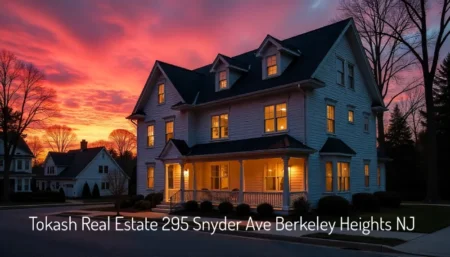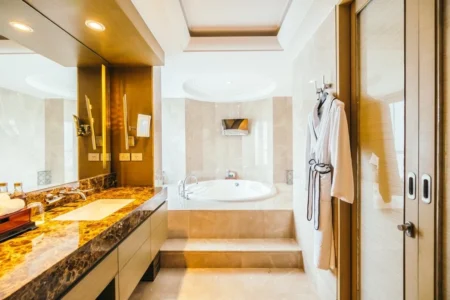Subscribe to Updates
Get easy DIY ideas from 'What Home Improvement' about interior, exterior and design.
Browsing: Home Improvement
The words “Doge,” “HHS,” and “migrant housing” collided in early 2025, creating a political and humanitarian firestorm. At the center…
You know that feeling when you need solid advice but everything online seems complicated or expensive? That’s exactly what wutawhelp…
HomeAssure Admin positions itself as a responsive home warranty provider, but what do actual customers experience? After analyzing hundreds of…
When searching for “Tokash Real Estate 295 Snyder Ave Berkeley Heights NJ,” you’ll find the Tokash family’s established Dean’s Greens…
Did you know the global drywall and gypsum products market is set to hit $116.1 billion by 2024? This shows…
Home improvement projects are often exciting endeavors that breathe new life into your living space. Whether you’re adding a new…
Your bathroom can be much more than just a functional place for basic needs. It has the potential to be…
Key Takeaways Understanding how swimming pools can enhance residential outdoor spaces. Exploring the health and social benefits of owning a…
Seasonal home maintenance is a crucial aspect of homeownership, ensuring that your residence remains safe, efficient, and comfortable throughout the…
Siding is a fantastic addition to homes, serving as a protective shell and a major facelift. But what exactly is…







